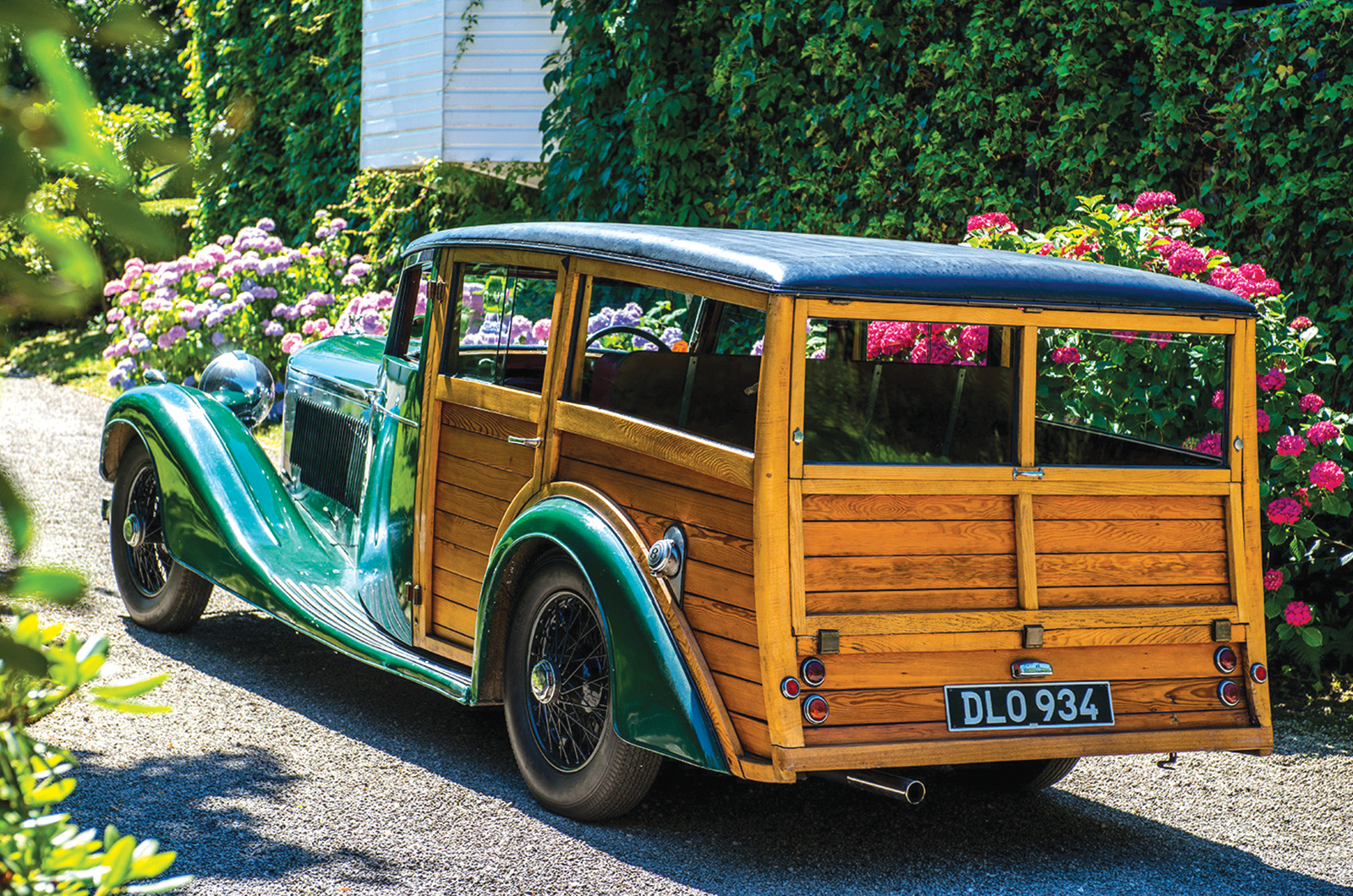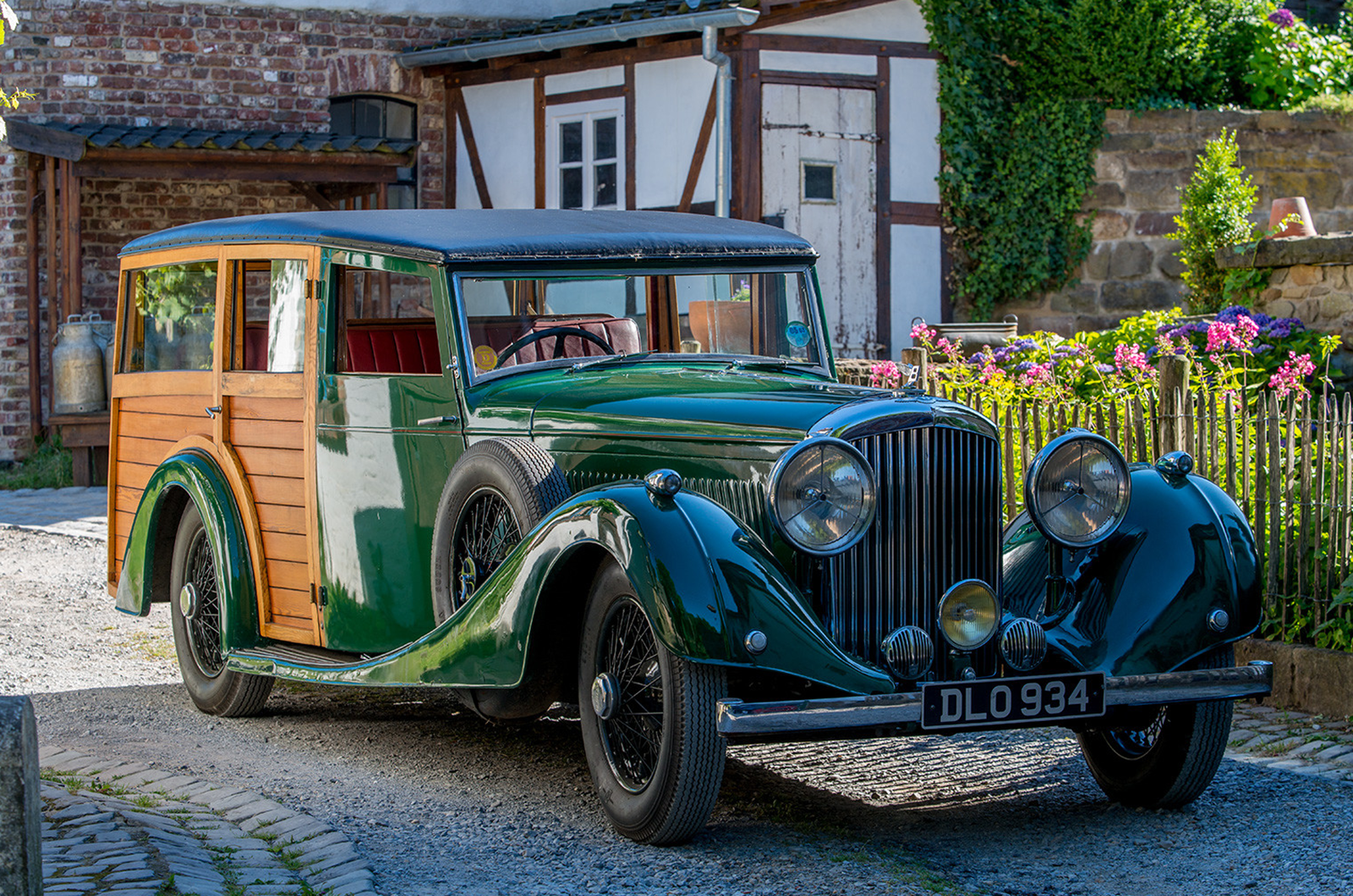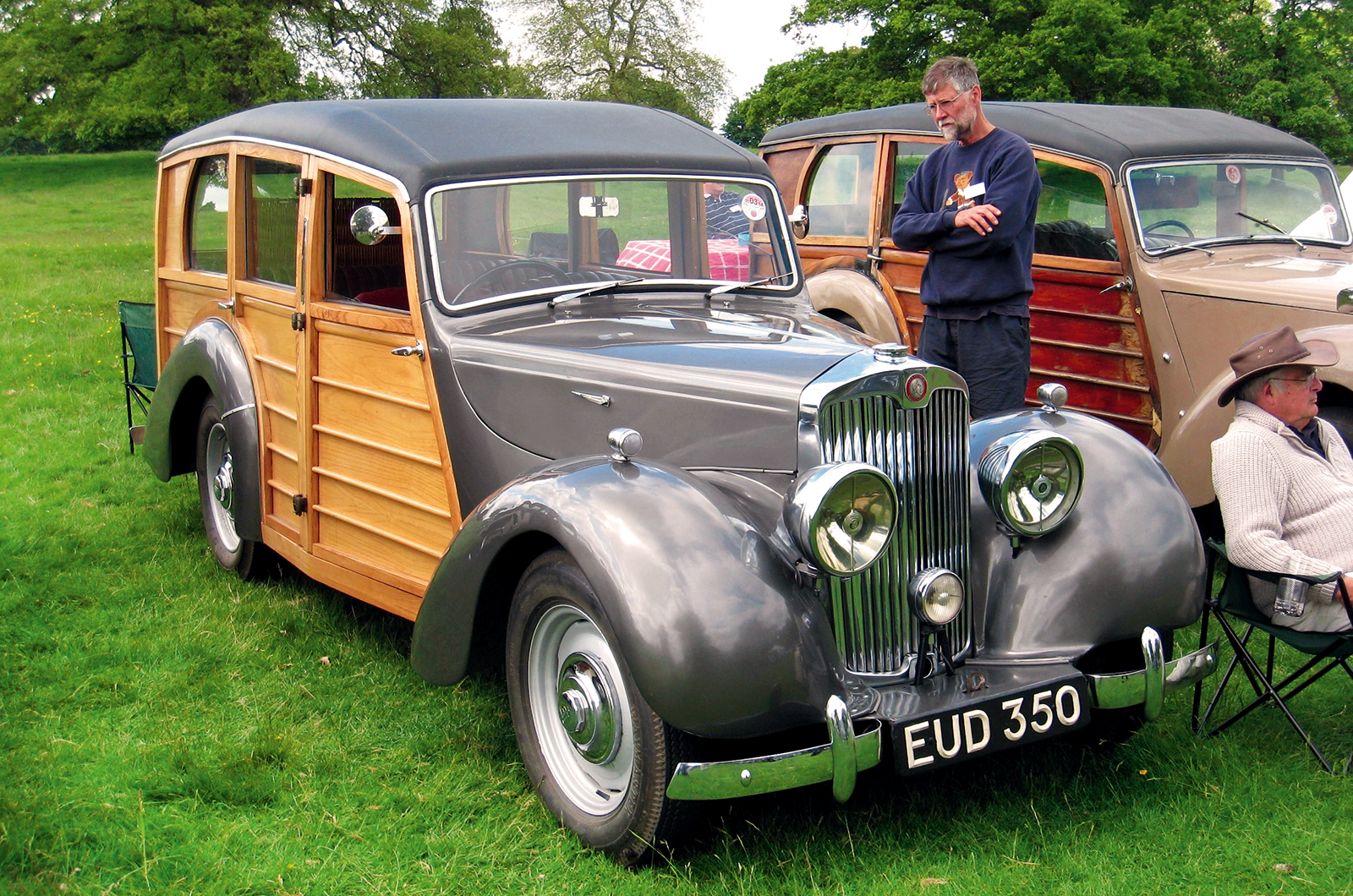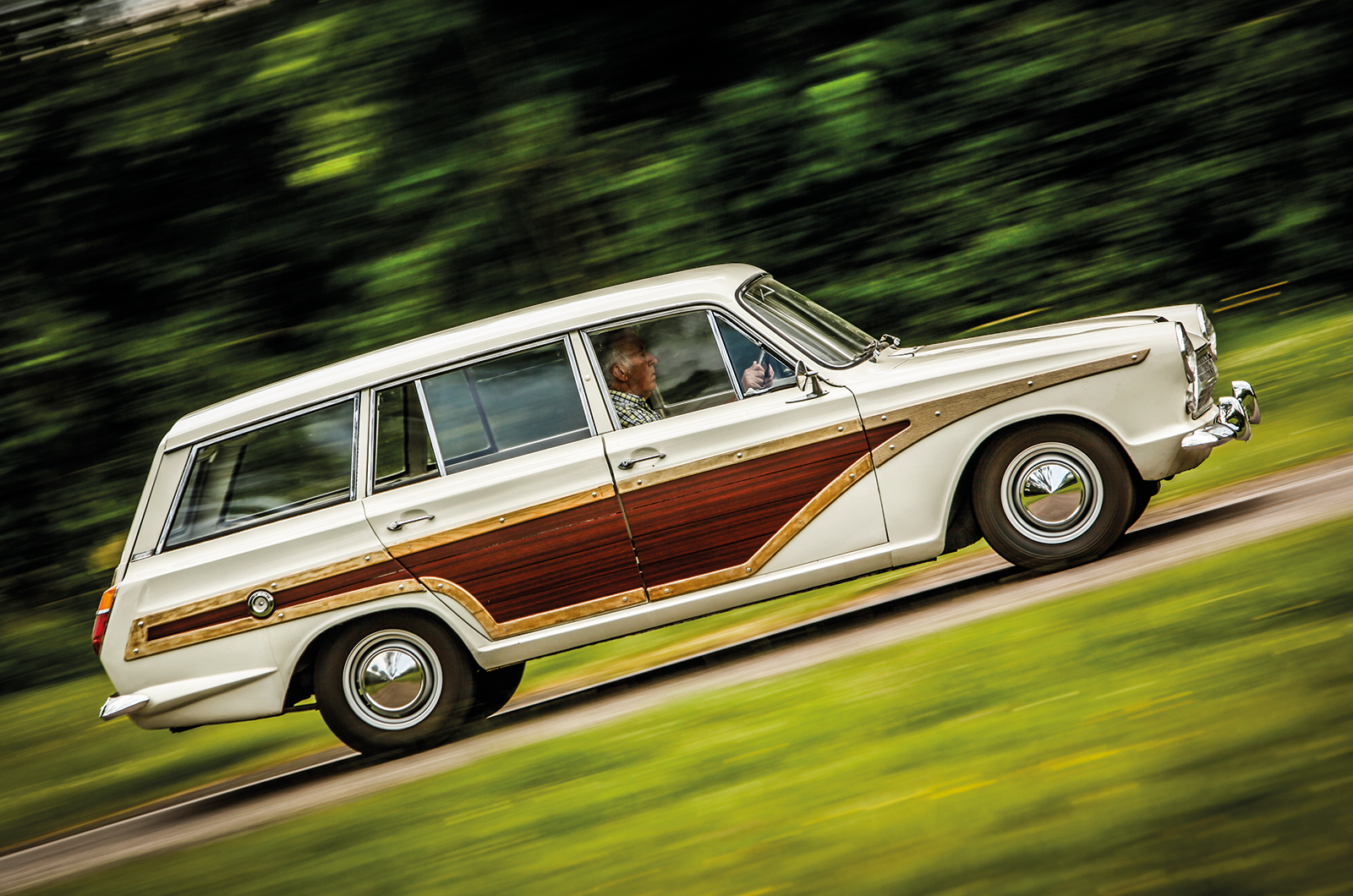
There wasn’t much on offer between luxury saloons and commercial trucks in the early years of motoring. The former were so expensive that, if you could afford one, you could afford to have your luggage shipped separately.
The latter… well, they were the ones carrying the luggage, or it went by train or even horse and cart.
By the 1920s, however, both sides of the Atlantic had developed a small market for a car that could carry people and luggage.

The first shooting brakes were built on luxury chassis, such as this 1926 Rolls-Royce 20hp by Hooper © Rocket City Customs
The names these vehicles took on either continent reflected their origin, the ‘station wagon’ of the States connected America’s leisure hotels with the rail network; in Britain, the ‘shooting brake’, or later ‘estate’, would transport hunting parties around the country piles of the wealthy.
In both cases, however, these niche machines would largely be made of wood.
Prior to the invention of glassfibre, and when working with steel was expensive, timber was the obvious material for low-volume or one-off body production.


The clamour for fuel rations led to some sporting models being given the timber treatment, such as this 1937 Bentley 4¼-litre © Bonhams




